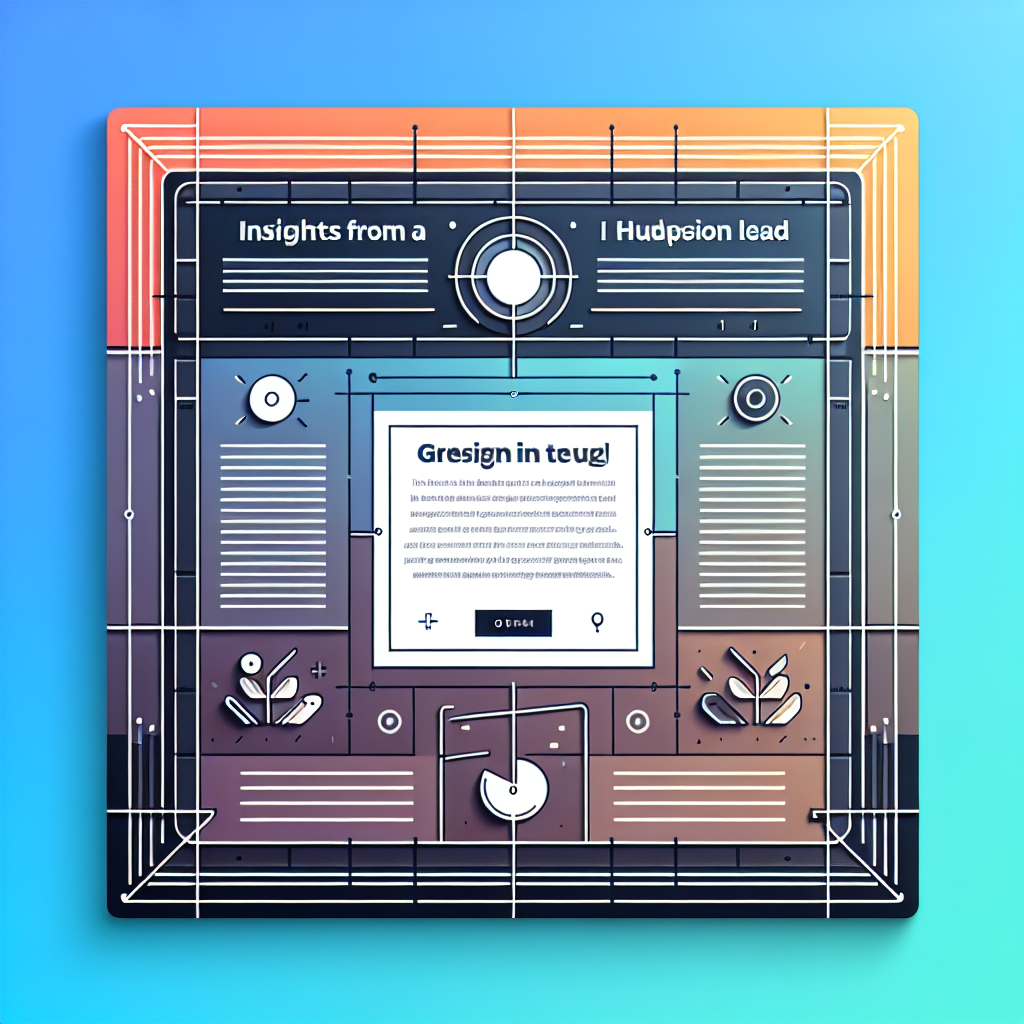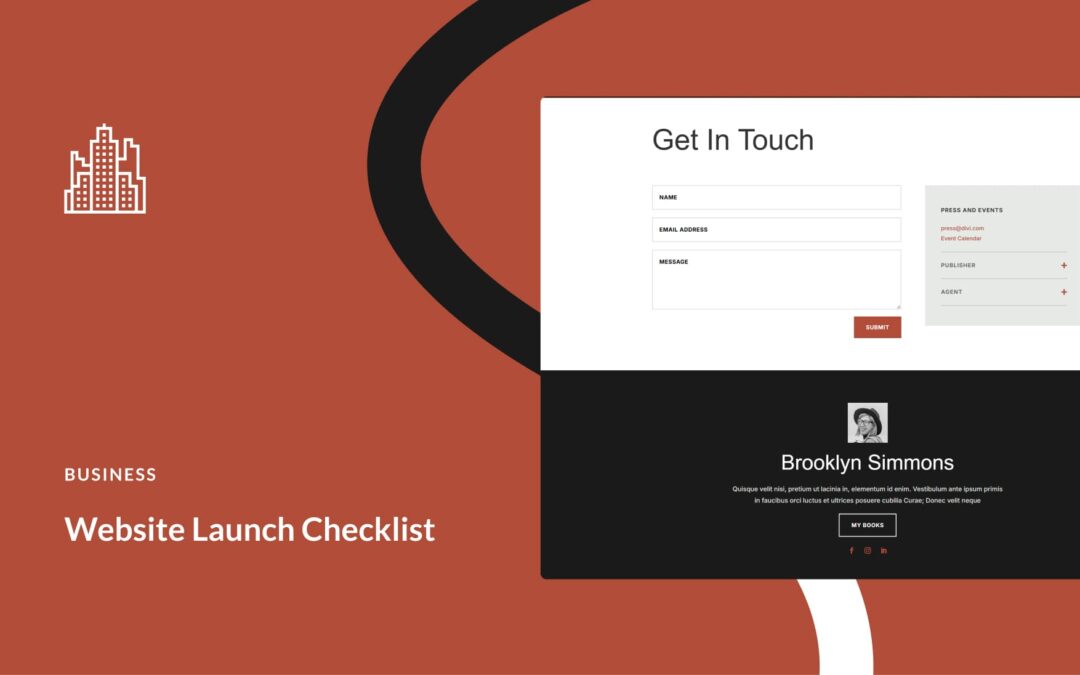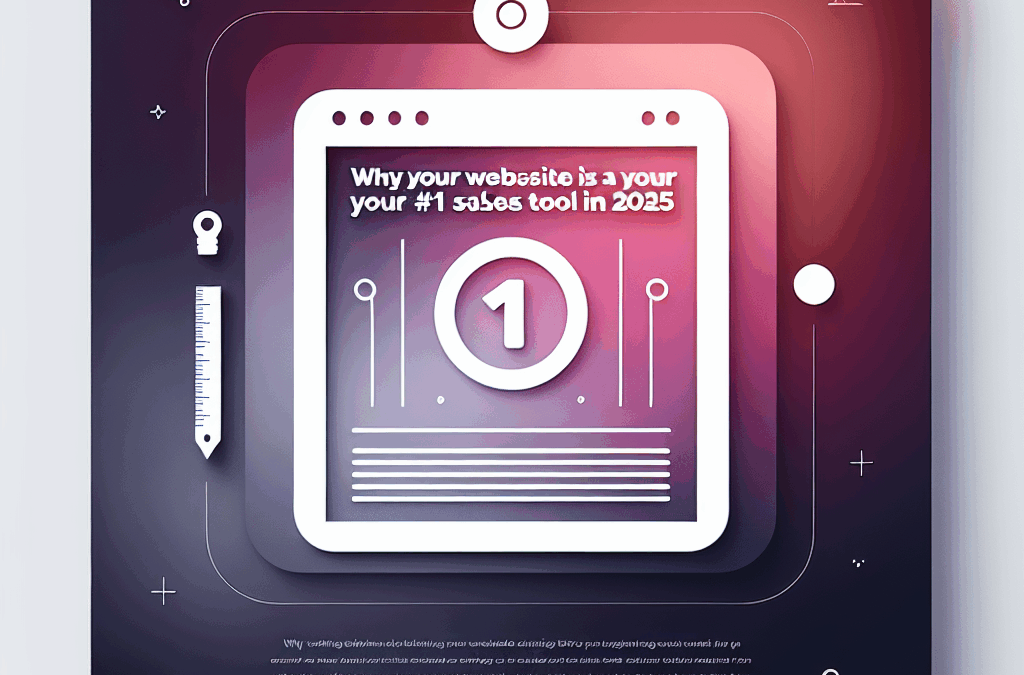Take Your Website to the Next Level with UX Prototyping
Ever felt like your website’s just… sitting there doing nothing? You’re not alone! Many small business owners in South Texas, especially around McAllen, struggle with websites that don’t quite hit the mark. If you’re facing the frustration of outdated designs or a lack of engagement, it might be time for a redesign that breathes new life into your online presence.
What’s Next After You Decide to Redesign?
So, you’ve got some ideas swimming around in your head. What’s the next move? Enter UX prototyping! This isn’t just some fancy jargon — it’s a game-changing process that can save you both time and dinero. And hey, good news: you don’t need any high-tech tools to get started! But if you want to jazz it up, those options are out there.
Let’s chat with Lindsay Derby, a Design Lead at HubSpot, who’s got some fantastic insights on how to effectively harness the power of UX prototyping to elevate your product.
What Exactly is a UX Prototype?
Think of a prototype as a way to simulate the user experience of your product. When you’re diving into UX prototyping, you’ll be focusing on how users interact with your website, making adjustments to critical elements like your menu layout or calls to action (CTAs). Basically, it’s all about getting your users from point A to point B without any bumps along the way.
Low-Fidelity vs. High-Fidelity Prototypes
Not all prototypes are made equal! You’ll typically find prototypes categorized as low or high-fidelity. Each serves a purpose in the design journey, but neither is inherently better than the other.
-
Low-Fidelity Prototypes: Perfect for when you want to toss ideas around without getting too lost in the nitty-gritty. This often means sketching out concepts on paper. Lindsay turns to low-fidelity prototypes for initial brainstorming: “I prefer these because they focus on design directions without overwhelming details like colors and images,” she shares. This way, you can zero in on user interactions and identify any usability issues upfront.
- High-Fidelity Prototypes: Once you’ve ironed out the basics, you can ramp up complexity using software like Figma. These prototypes come later in the process because they offer finer details and interactivity, perfect for user testing before the final build.
Why Is UX Prototyping a Must?
According to Lindsay, there are tons of reasons UX prototyping should be on your radar. “It’s a huge time-saver in the product development timeline,” she explains. Testing design choices during the prototype stage is crucial. It’s far easier to make changes in software than wrangling code later on.
By spotting usability issues early, you can minimize costly engineering hours down the line. Plus, they let you experiment with various designs quickly, making it easy to ensure that your final product resonates with your target audience. As Lindsay accurately puts it, you don’t want to ask your team to build multiple product variations, but you can whip up several unique UX prototypes effortlessly!
The UX Prototyping Process: Getting Started
So how do you get rolling with UX prototyping? Here’s a straightforward process to kick things off!
1. Gather Your Info
Start by understanding who you’re designing for. What do your users want? What challenges do they face? Conduct user research, develop user personas, and define your product’s goals. Did you know that you can use helpful tools from HubSpot to create user personas? It’s a game-changer!
2. Make Wireframes
With your info in hand, it’s time to create low-fidelity wireframes. These rough sketches will help clarify your user interface layout without getting bogged down in details. Just think of it as laying out a blueprint for what’s to come.
3. Build Your Prototypes
Now you can create your low-fidelity UX prototype! This is where you play around with elements like navigation and layout. Don’t hesitate to experiment—try different designs and placements. Once you settle on something promising, upgrade to a high-fidelity prototype for deeper exploration.
4. Test and Iterate
Building your prototype is just the beginning. You need feedback! Get insights from your users and pinpoint any usability issues. Iterate on your design based on their feedback and test again until it’s polished to perfection.
So, What Are the Best UX Prototyping Tools?
Great question! The best tools depend on whether you’re crafting a low or high-fidelity prototype.
Low-Fidelity Prototypes
For low-fidelity ones, all you need is paper and pencil (or a whiteboard!). Keep a sketchbook handy to track your designs and ideas. This will help you reference why you chose certain design elements later on.
High-Fidelity Prototypes
For high-fidelity prototypes, consider utilizing software like Figma or FigJam. Lindsay raves about both tools: “They’re fantastic for team collaboration and integrating design systems.” Figma allows real-time collaboration, while FigJam helps with brainstorming and strategy.
Wrap-Up: Elevate Your Product With UX Prototyping
Ready to take your products to the next level? Implementing UX prototyping is a winning strategy to ensure your website meets user expectations while saving you time and resources. Just keep pushing to iterate and test, and you’ll find a product experience that you and your users will love.
So, are you ready to upgrade your online game? Let’s talk. At Ericks Webs Design, we specialize in building professional websites tailored for local businesses here in the Valley. Together, we can create something that actually works for you and gets those leads rolling in. Schedule a call and let’s make it happen!










